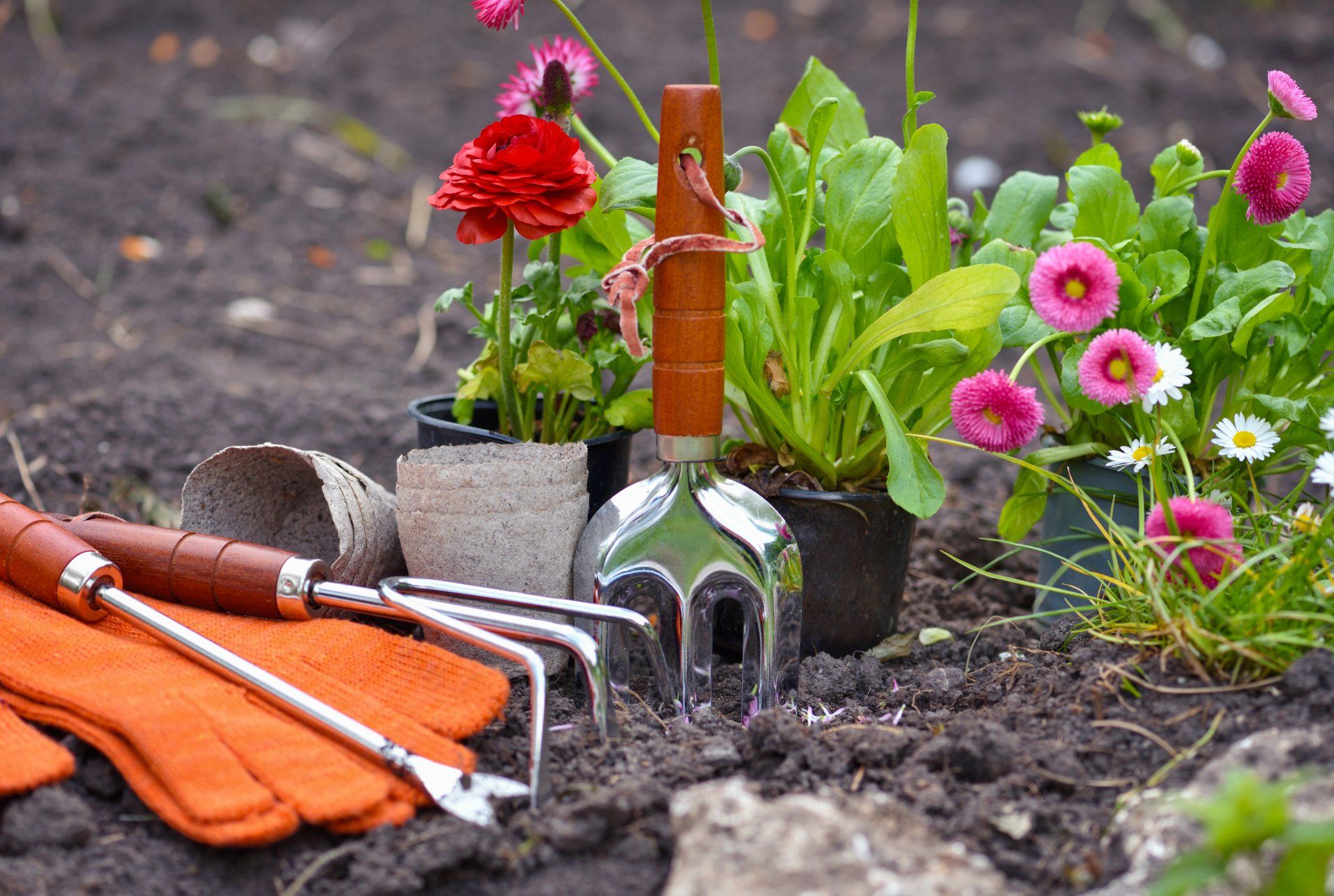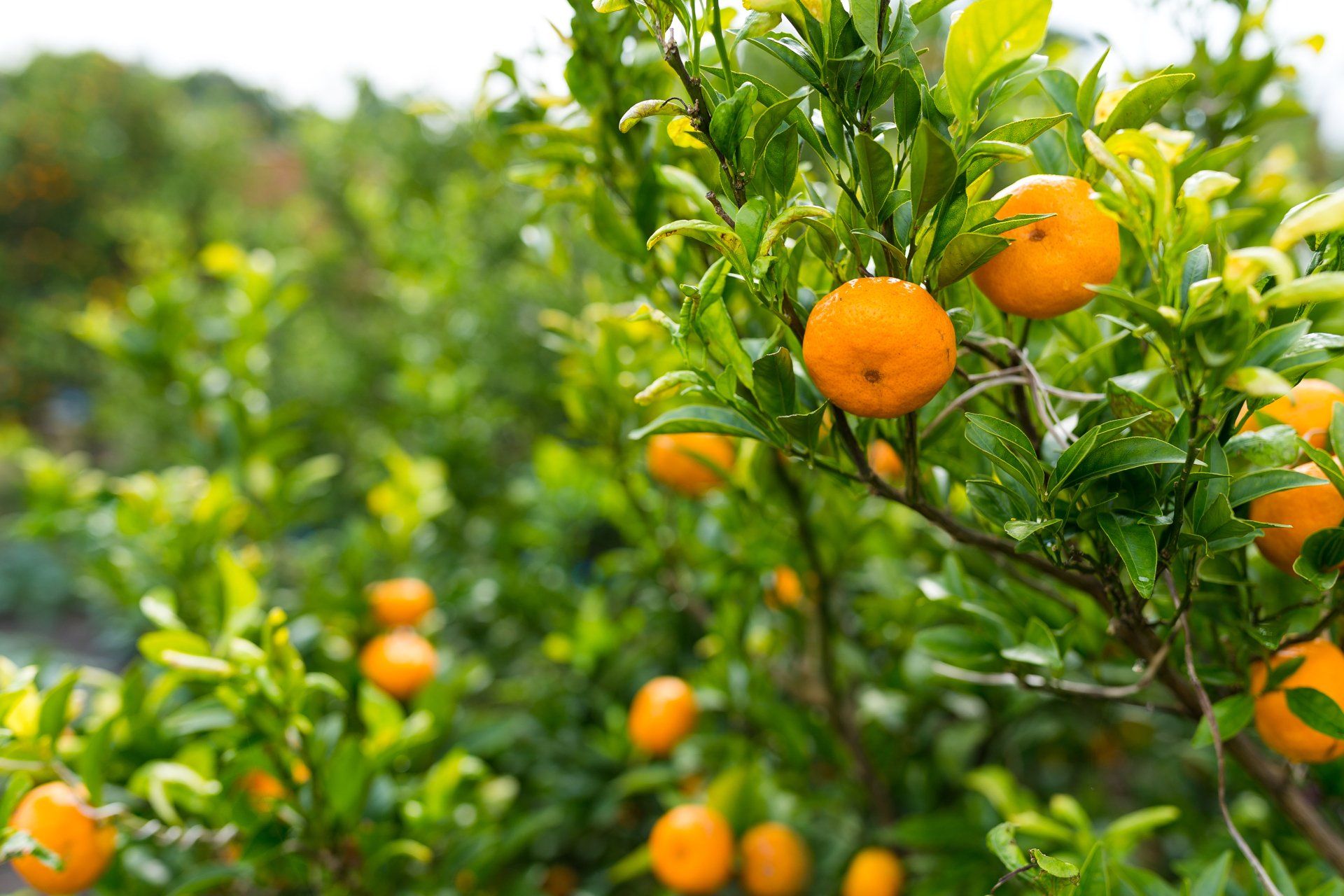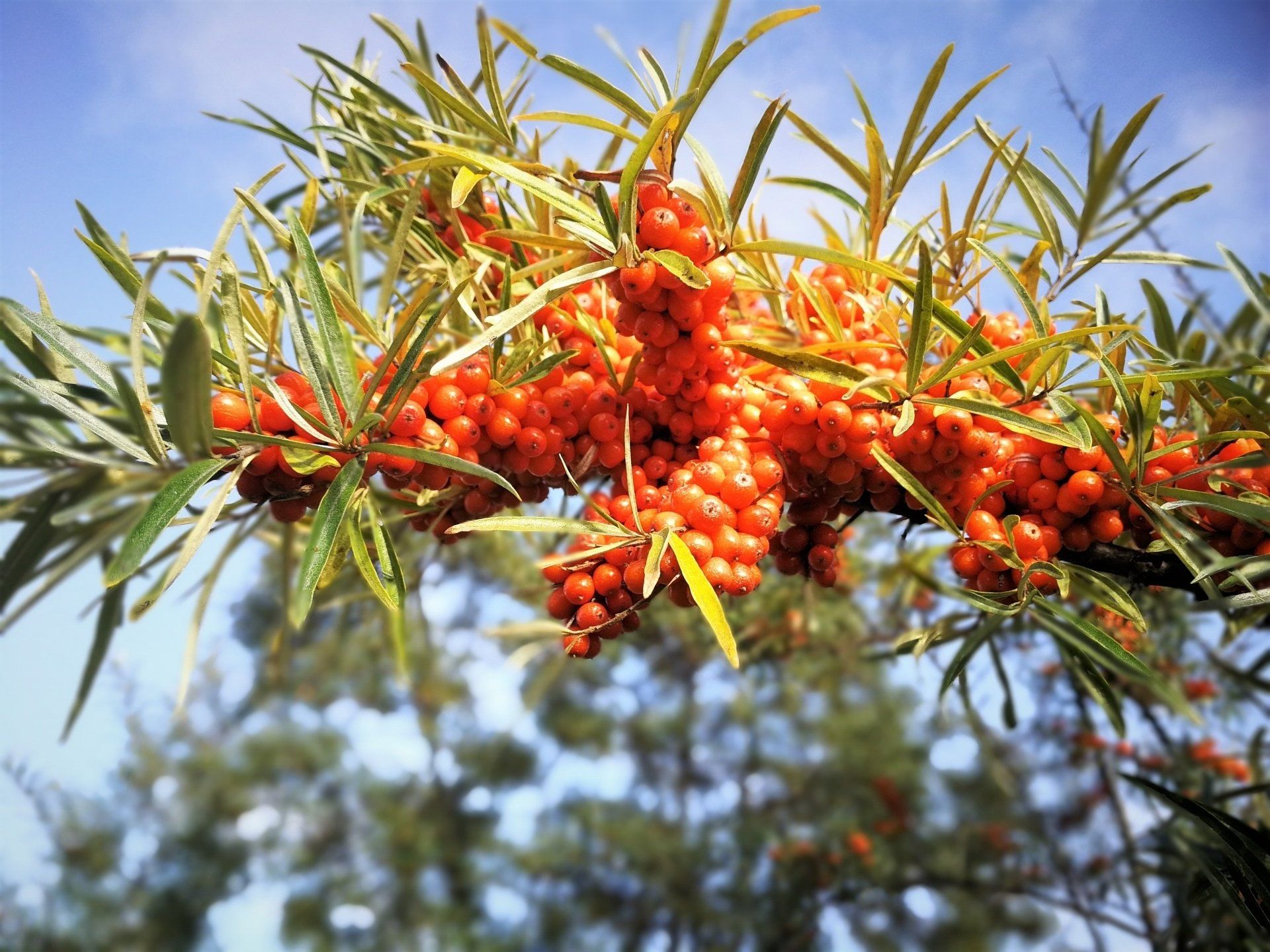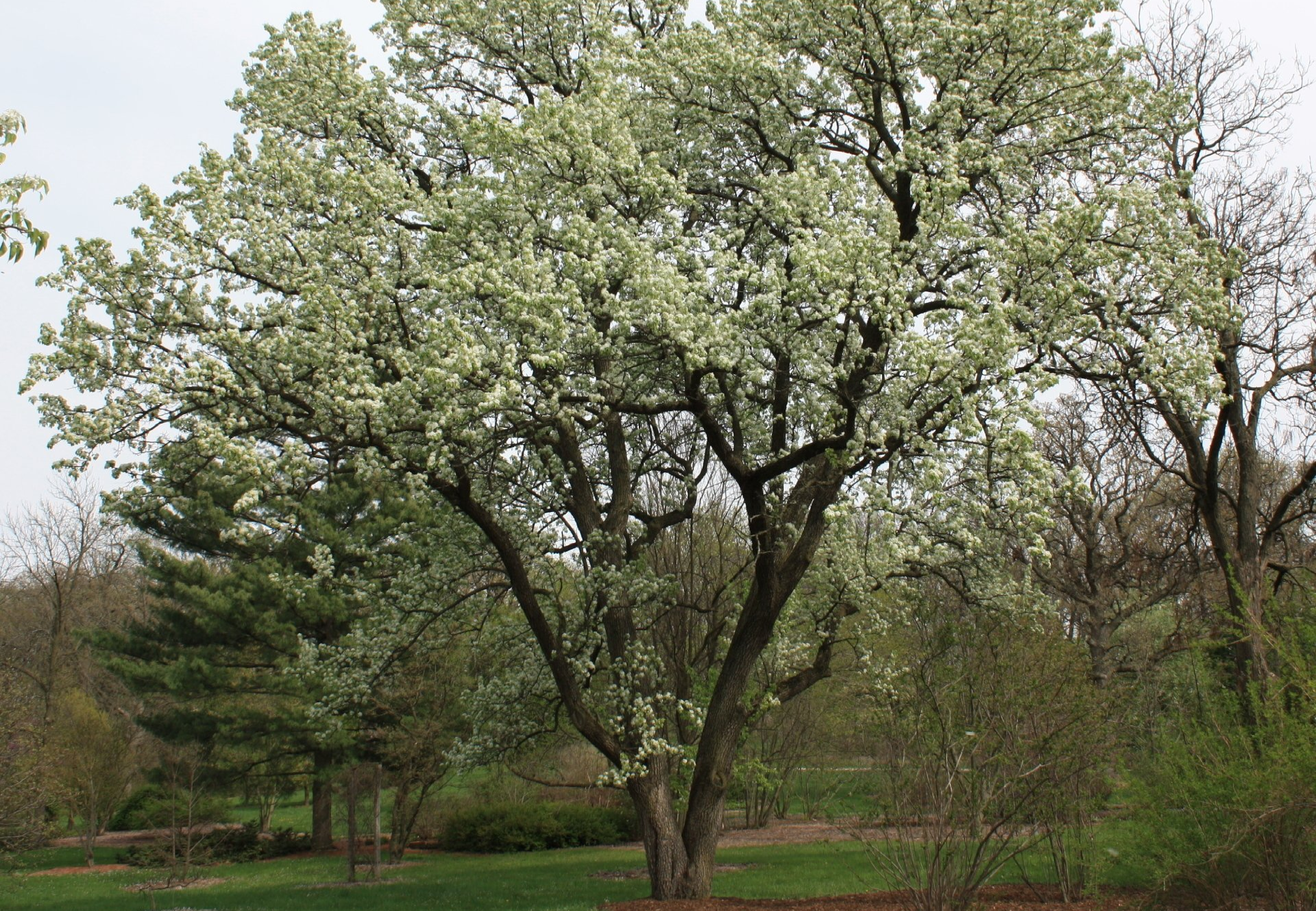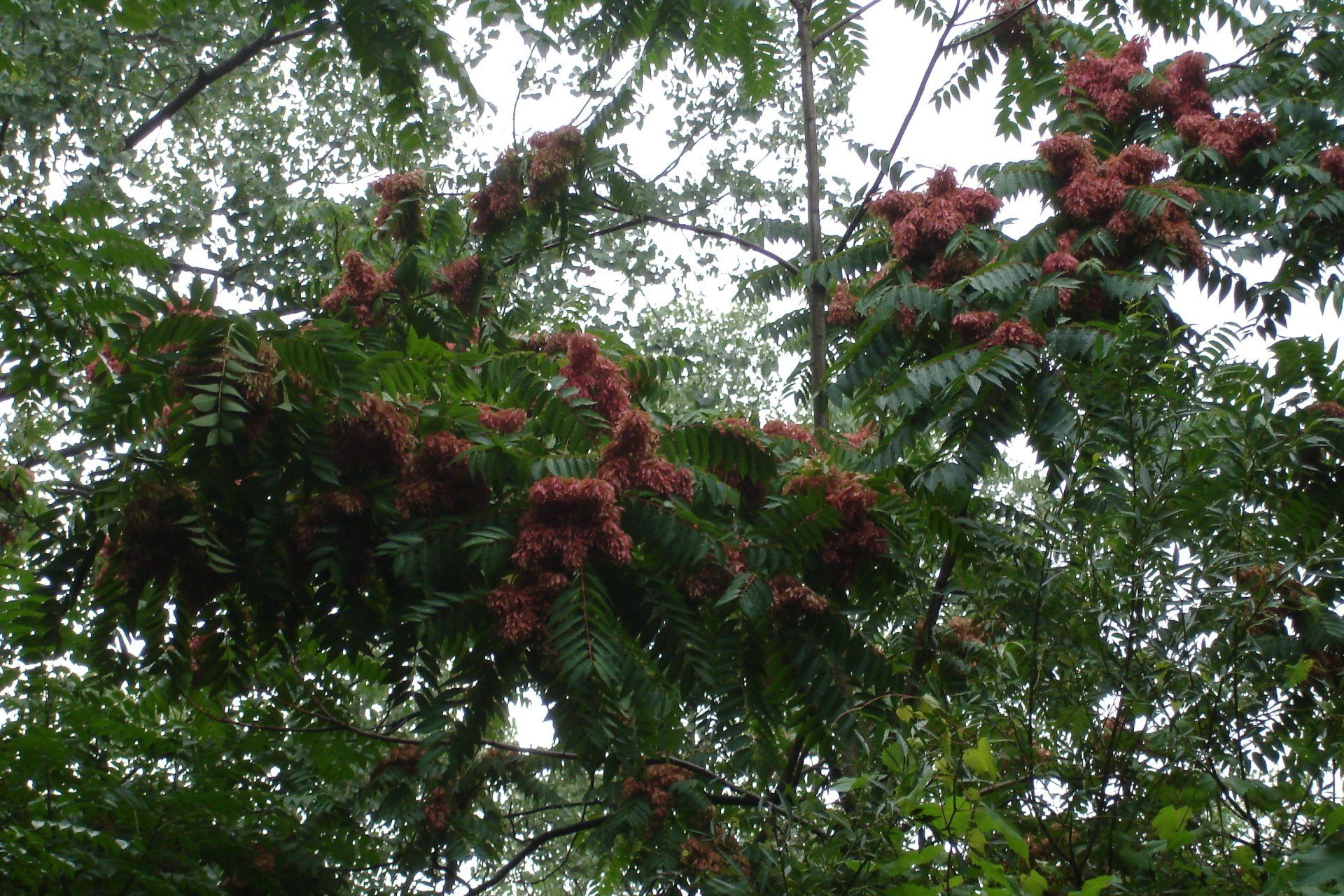Why You Should Grow Native Plants
Landscape design is about beautifying and increasing the value of your property through the use of plants. However, if this is done without taking the surrounding ecology into account it can be harmful to the environment as this is exactly how many invasive species came to be on Long Island.
What is Wildlife Friendly Gardening?
Wildlife friendly landscaping and gardening is about using native trees and herbs in the design to ensure that the property is not just aesthetically pleasing, but also a viable habitat to local wildlife. Creating a garden habitat can help local wildlife, as well as improve the surrounding areas. Birds, butterflies, bees, and other pollinators will be drawn to the area to feed and other small animals will burrow, turning the soil and keeping it fresh.
Depending on the location, wildlife friendly landscape design can take many forms. In rural areas, it can be as simple as planting native trees and shrubs in the backyard, providing a place for animals to roost and feed. In more urbanized areas, potted plants and rooftop gardens will create a splash of green and give local wildlife homes and nourishment.
Planting trees is just the tip of the iceberg in the habitat creation process; for an animal habitat project to be successful, care must be taken in selecting the plants that will be the foundation of the ecology. Fruit bearing trees such as Wild Black Cherry will attract birds and other wildlife; taller varieties such as Willow Oak will provide shade and nesting branches Shrubs, ferns, sedges, grasses and rushes will provide shelter to ground-dwelling species. Creating and maintaining a habitat garden that will be able to support wildlife and still be beautiful may sound challenging but rest assured our team of long island landscapers and designers will be here with you every step of the way.
Overall the impact of wildlife friendly landscaping can improve properties by increasing their biodiversity, creating homes and feeding grounds for local animals, and simply by looking good. Long Island landscapers will have the knowledge and skills to assist in the creation and maintenance of any home garden habitat.
Why You Should Be Growing Native Plants
Choosing to use native trees and herbs when gardening is both an economical choice and environmentally friendly. Indigenous plants will naturally thrive in the environment and cost less to buy and care for.
While imported and exotic plants can certainly be appealing foreign plants can impact the local ecology and may harm local wildlife. Many invasive species are able to outcompete native varieties because of the absence of their natural predators, and in turn they are able to take over areas where native plants would have grown. The loss of food sources and shelter impacts the local wildlife and may decrease their populations.
While loss of population is certainly harmful to species, disease-carrying pests would definitely add to the damage. Fortunately, varieties of carnivorous plants are native to Long Island’s ecosystem. The Bog Onion is one such plant, able to trap species of gnat and other small insects thus controlling their numbers and helping to maintain a natural balance. While not as famous as its distant cousin the Venus Flytrap, the Bog Onion is better suited to the local soil and is quite fascinating in its own right.
Using indigenous plants for gardening has many advantages both ecological and economical when compared to invasive species. They are cheaper to buy, often quite attractive and may be used as a small source of income by an industrious owner. Most importantly, they provide both food and shelter to local wildlife. All of these reasons make it possible to create a habitat garden that will thrive, be beautiful, and may even earn some income.
Benefits of Growing Native Plants
There are many benefits to choosing to grow native trees and native herbs for your landscaping project. These are:
- Cost - Locally available seeds and seedlings are less expensive than buying imported. Long Island landscapers are also more familiar with native species and will be better able to help maintain them.
- Accessible - Native seeds are more readily available from Long Island landscapers and distributors, and are already well suited to the soil in your area.
- Habitat Creation - Local wildlife will respond better to plants naturally found in their area, so creating a garden habitat will find success more easily.
- Ease of Maintenance - Native plants are better adapted to living in the conditions in Long Island, meaning less need for specialized fertilizers and reduced water
- Survivability - Since invasive species are not as accustomed to living conditions and soil in Long Island they are more likely to wilt and wither from lack of maintenance..
- Utility - Many native trees produce strong lumber which can be used as a source of income or entertainment. Being able to build a personalized table or chair from a home grown maple tree would reduce the cost of materials and be a fulfilling use of both time and available resources.
- Aesthetics -
Native herbs and trees produce a beautiful and visually stimulating display during the fall when their leaves take a variety of warm colors ranging from reds, oranges, browns, and yellows in the fall, followed up with a healthy display of greens during spring.
Native Plants You Should Be Growing
Long Island is home to many varieties of hardwood trees; Box Elder, Red and Silver Maple, and five species of Oak all call Long Island home. These tree varieties all provide homes and food for local birds and small mammals. Their nuts and berries attract wildlife, which make these trees a good foundation for a habitat garden. Caterpillars will also feed on their leaves and grow into butterflies which will pollinate their flowers.
Common Persimmon can grow to be up to 66 feet tall and produces a sweet orange fruit when it ripens that can be made into dessert, candies or jam. Also the leaves can be made into tea and the seeds may be roasted as a substitute for coffee.
The persimmon tree’s wood is both hard and tough, and is able to keep its polish even after long use, which makes it popular for golf club heads and cue sticks in both billiards and pool and can go for a high price when sold.
The Negative Impact of Non-Native Species
Non native herbs and tree species compete for available nutrients and space, while foreign vines will climb native trees and prevent photosynthesis. Occasionally the weight of the vines can cause the already weakened tree to fall.
According to the National Park Service, 1.4 million acres of land are infested with invasive species as of 2017. The impact these plants can have on their surroundings can be extensive, causing damage to the environment, injuring local wildlife, reducing native plant and animal populations, and causing property damage.
Many invasive species will affect the growth and stability of native species. Varieties including mugwort can take over large areas and alter the soil, changing the pH levels and salinity to suit their particular needs. These changes will make it harder to do landscape design or a garden habitat project in the future.
Avoiding planting invasive species from Long Island will greatly benefit the local ecology and economy. It’s important to note that some municipalities will require permits for tree cutting, tree removal,and stump removal. Please contact the local municipal office to see if permits are necessary before embarking on any projects. This will save time for the Landscape Designer and give a better understanding of the costs for the project.
Trees You Should Stop Planting
Norway maple grows tall and creates a lot of shade making it difficult for smaller plants to grow in its immediate surroundings. This species also produces a lot of seeds, meaning a single tree can colonize an area all on its own. Close to home, its roots spread shallow and wide, damaging pavement, driveways, and foundation which can be costly to repair.
The Tree of Heaven also produces fruits and suckers which allow it to spread out in a wide area. The roots also cause expensive damage to pavement, driveways and foundations.
Simply cutting the tree causes the root system to produce clones by growing into more trees, similar to the Hydra from the Greek myth. The only way to prevent the spread of this invasive plant is complete tree removal, uprooting the tree and ensuring that nothing is left..
The Multiflora Rose produces bright red berries which do not contain enough fat necessary for birds to survive through winter, leading to malnutrition, starvation and a decline in local bird and small rodent populations.
Since every rose has its thorns, its leaves are sharp as well, injuring herbivore species that attempt to eat it.

